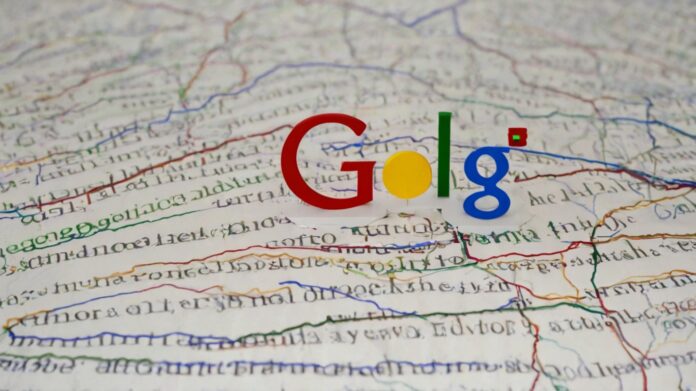The high-tech Google Project Starline video conferencing is on the way of appearing in the offices aiming to change the vision of virtual meetings. Project Starline is a new creation by Google promising to convert the way people communicate through images into an idea that moves between physical and virtual reality. Project Starline is not a conventional video call system where participants create a live video feed of themselves on the other end; instead, it employs innovative technology to capture life-size, high-definition, almost photorealistic 3D images of the participants and make the viewer feel like the person they want to speak to is actually sitting right across from them.
Like any framer, Project Starline uses the technologies of computer vision, machine learning, spatial audio, and real-time compression. This mix of the two technologies creates a photographic image that gets close to the selected natural movements, making conversations more natural. Owing to the feature that enables the system to simulate nonverbal communication and the management of eye to eye contact, the user feels that they are in the vicinity of the other party which is something that would not happen in the normal video conferencing media.
Ample information is not publicly available about Project Starline; however, Google has been testing its concept with some of its offices and a few partners. Such trends reveal its positive features to reshape businesses for remote communication to improve meetings’ individuality and efficacy. Workers have said that they feel closer to their colleagues and that the audio quality during calls is even enhanced, which may greatly help companies that mostly use a mix of office and home-working schemes.
Being a part of Google’s long-term strategy, as Project Starline evolves, the company plans to increase its reach, and state the product’s potential to become a standard tool for businesses. Project Starline can thus be said to usher in a new age in the advancement of virtual communication and interaction by breaking the barrier of distance which has severally inhibited the process of people to meet and interact.















